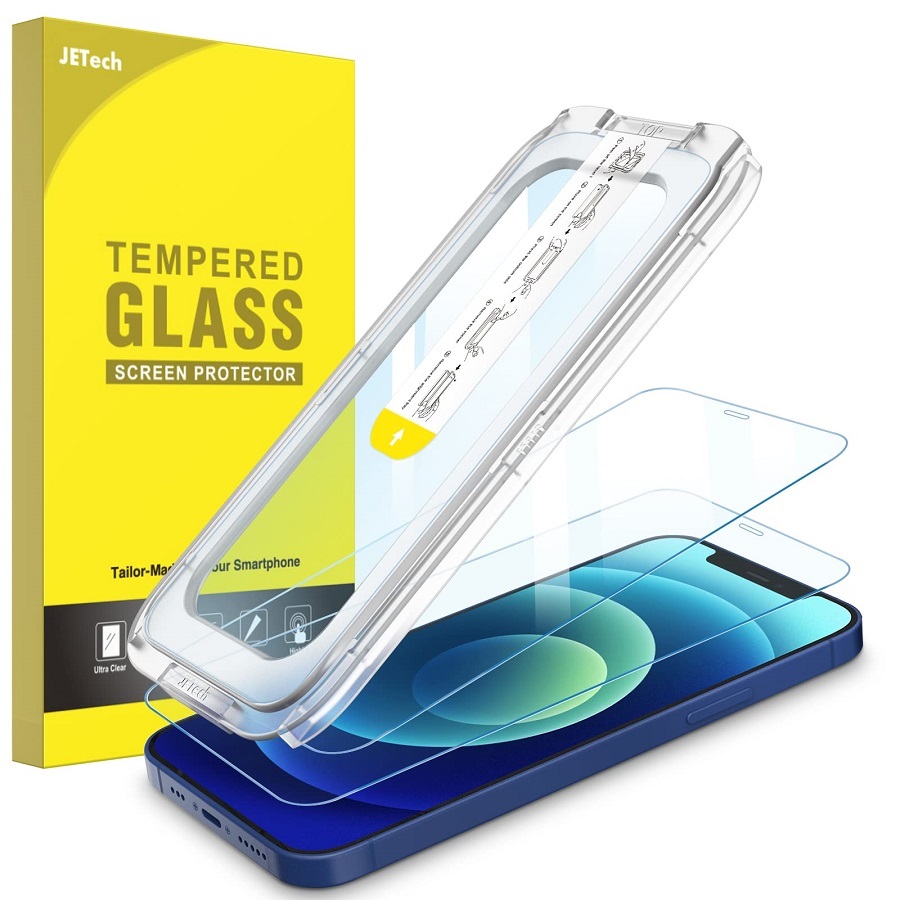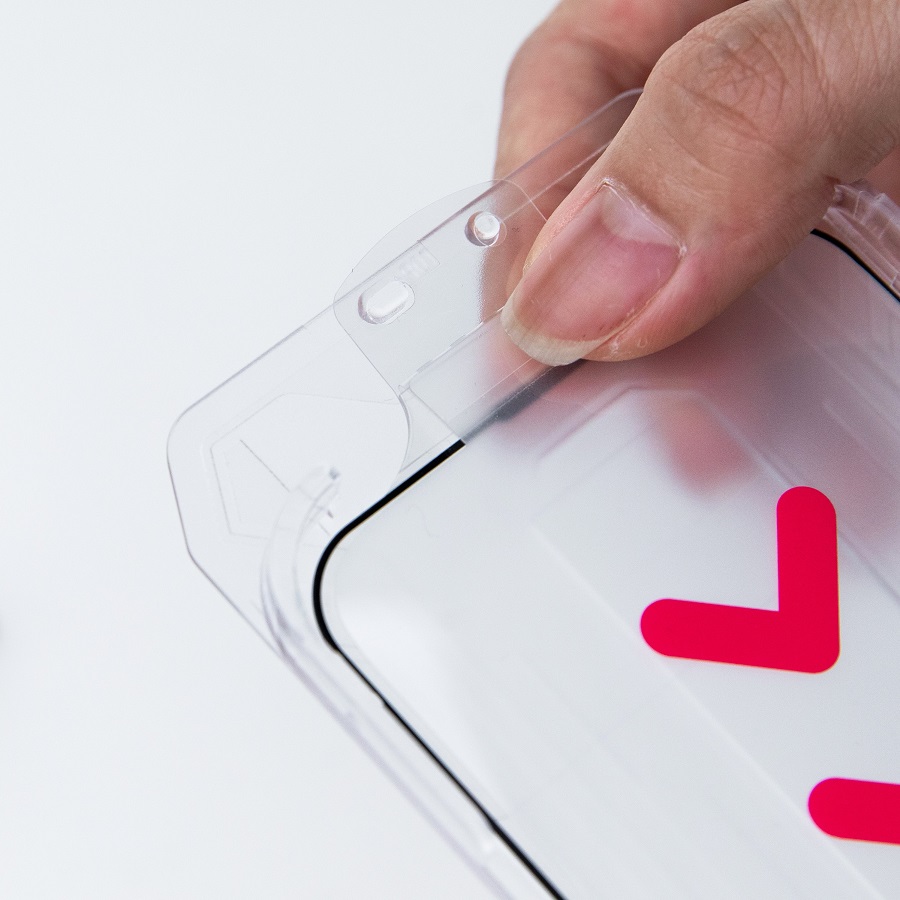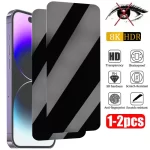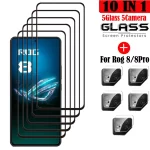Installing a screen protector can be a daunting task, especially if you’re doing it for the first time. A perfectly applied screen protector not only keeps your device safe from scratches and cracks but also enhances its longevity. This guide will walk you through the entire installation process, covering everything from preparation to finishing touches.
Why Use a Screen Protector?
Benefits of Screen Protectors
Screen protectors are essential for anyone looking to preserve the condition of their device. The primary function is to protect the screen from scratches, dirt, and accidental drops. Modern smartphones and tablets are equipped with high-quality glass, but even the best materials can be susceptible to damage. A screen protector acts as a barrier against everyday hazards, ensuring your device remains in pristine condition.
In addition to physical protection, many screen protectors offer anti-glare features, which can significantly improve visibility in bright environments. Some types also come with blue light filtering properties, reducing eye strain during prolonged use. Moreover, certain protectors provide a smudge-resistant surface, making it easier to keep your screen clean and clear.
Types of Screen Protectors
Understanding the different types of screen protectors available on the market is crucial for selecting the right one for your device. There are primarily three types: plastic film protectors, tempered glass protectors, and liquid screen protectors.
- Plastic Film Protectors: These are the most affordable option and are thin and lightweight. While they offer decent scratch protection, they may not withstand significant impact.
- Tempered Glass Protectors: Known for their durability, tempered glass protectors provide robust protection against drops and impacts. They also maintain the touch sensitivity of the device, ensuring a seamless user experience.
- Liquid Screen Protectors: These are a newer innovation that involves applying a liquid solution that hardens to form a protective layer. While they can be less visible and offer decent protection, they may not be as robust as tempered glass.
Selecting the Right Screen Protector
When selecting a screen protector, consider factors such as compatibility with your device, desired features, and budget. Make sure to choose a protector specifically designed for your device model to ensure proper fit and coverage. Reading reviews and seeking recommendations can also help in making an informed decision.

Preparation for Installation
Gather Necessary Tools
Before diving into the installation process, gather all necessary tools to ensure a smooth experience. You’ll need:
- Screen Protector: Choose one that suits your needs (tempered glass, plastic film, or liquid).
- Cleaning Kit: Typically includes a microfiber cloth, alcohol wipes, and dust stickers.
- Card or Squeegee: To help eliminate air bubbles during installation.
- Tweezers: Useful for handling the screen protector without fingerprints.
- Lint-Free Cloth: For a final wipe before application.
Having all these tools ready will save you time and prevent interruptions during the installation process.
Clean Your Device Thoroughly
A clean surface is critical for the successful application of a screen protector. Start by powering off your device to avoid any accidental touches. Use an alcohol wipe to thoroughly clean the screen, removing any fingerprints, dust, or smudges. Follow up with a microfiber cloth to ensure the surface is completely dry and free of any particles.
Once the screen is clean, use dust stickers to pick up any remaining dust particles. It’s essential to have a dust-free surface to prevent air bubbles from forming under the protector.
Installation Process
Step 1: Align the Screen Protector
With your device cleaned and ready, it’s time to align the screen protector. Carefully remove the backing from the protector, ensuring you don’t touch the adhesive side. Hold the protector by its edges and align it with your device’s screen. Most protectors come with alignment tabs or markings to assist with this step.
Take your time during this phase; a precise alignment will result in a more professional-looking installation. If necessary, hold it up to the light to ensure that it matches perfectly with the edges of your screen.
Step 2: Apply the Screen Protector
Once you have the protector aligned, gently lower it onto the screen. Begin applying it from one edge, gradually letting it fall into place. Avoid pressing down immediately; instead, let the adhesive side make contact with the screen naturally. This method helps minimize the chances of trapping air bubbles beneath the protector.
If using a tempered glass protector, you may hear a slight click as it adheres to the screen, which is a good sign that it’s securely in place. For plastic film protectors, be cautious, as they can be more prone to shifting.
Step 3: Remove Air Bubbles
After the protector is applied, inspect the screen for air bubbles. Use a card or squeegee to gently push the bubbles toward the edges. Start from the center and work your way outwards, applying even pressure to avoid damaging the protector.
For smaller bubbles, you can use your finger to carefully push them out. If a bubble persists, you can try lifting the corner of the protector slightly and then pressing it back down, which often allows the trapped air to escape.

Final Touches
Step 4: Clean Up
Once you’ve removed all air bubbles, give the screen protector one last clean with a lint-free cloth. This step ensures that any fingerprints or smudges from handling are removed, leaving a crystal-clear finish.
It’s also a good idea to inspect the edges of the protector for any dust or debris that might have settled during the installation process. A thorough cleaning will enhance the overall appearance and functionality of your screen protector.
Step 5: Test the Touch Sensitivity
After installation, power on your device and test the touch sensitivity of the screen. Ensure that everything functions as expected, and there are no areas where the protector has interfered with touch responsiveness.
If you notice any issues, double-check the alignment and adhesion. In some cases, you may need to reapply the protector if it isn’t functioning correctly. Remember, a high-quality tempered glass protector should not hinder the device’s responsiveness.
Maintenance of Screen Protectors
Regular Cleaning
Maintaining your screen protector is key to ensuring its longevity and effectiveness. Regular cleaning with a microfiber cloth will help remove smudges and fingerprints. If your protector has an anti-fingerprint coating, avoid using abrasive materials or harsh chemicals, as these can damage the surface.
For deeper cleans, you can use a damp cloth with a bit of screen cleaner. Ensure that the cloth is not overly wet, as excess moisture can seep into the edges of the protector and affect adhesion.
Checking for Damage
Periodically inspect your screen protector for any signs of wear or damage, such as cracks or peeling edges. If you notice any damage, it’s best to replace the protector to maintain optimal screen safety. Many tempered glass protectors are designed to absorb impact, so if you drop your device and the protector has cracked, it may have prevented damage to the actual screen beneath.
Troubleshooting Common Issues
Misalignment
If you find that your screen protector is misaligned after installation, don’t panic. Most tempered glass protectors can be gently lifted and repositioned. Use a card to carefully lift one edge, then realign it before pressing it back down. Be cautious, as repeated lifting can weaken the adhesive.
Persistent Bubbles
In cases where bubbles remain stubbornly trapped under the protector, you can try using a small needle to puncture the bubble gently. This will allow the air to escape. However, use this method sparingly, as it may create a small mark on the protector.

Conclusion
Installing a screen protector may seem challenging, but with the right tools, preparation, and patience, you can achieve a flawless application. By understanding the benefits of screen protectors, preparing adequately, and following the step-by-step instructions provided, you’ll ensure that your device remains protected for years to come. With proper maintenance and care, your screen protector can significantly enhance your device’s durability while maintaining its aesthetic appeal. Enjoy your device with the peace of mind that comes from knowing it is well-protected!


